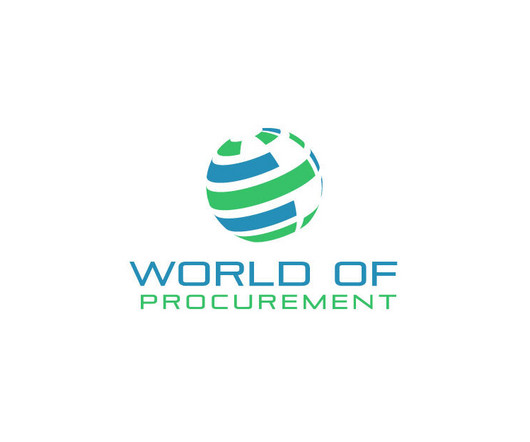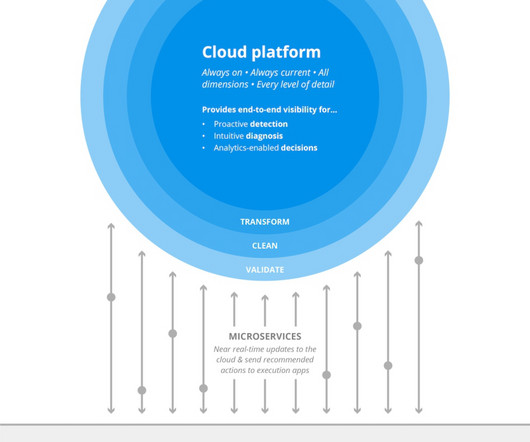5 Procurement Industry Trends to Watch in 2025
Arkestro
DECEMBER 26, 2024
Resources / Blog / 5 Procurement Industry Trends to Watch in 2025 5 Procurement Industry Trends to Watch in 2025 In recent years, the procurement industry has undergone unprecedented transformations driven by the adoption of digital transformation, big data, and advanced technology like artificial intelligence (AI), machine learning, and automation.












Let's personalize your content